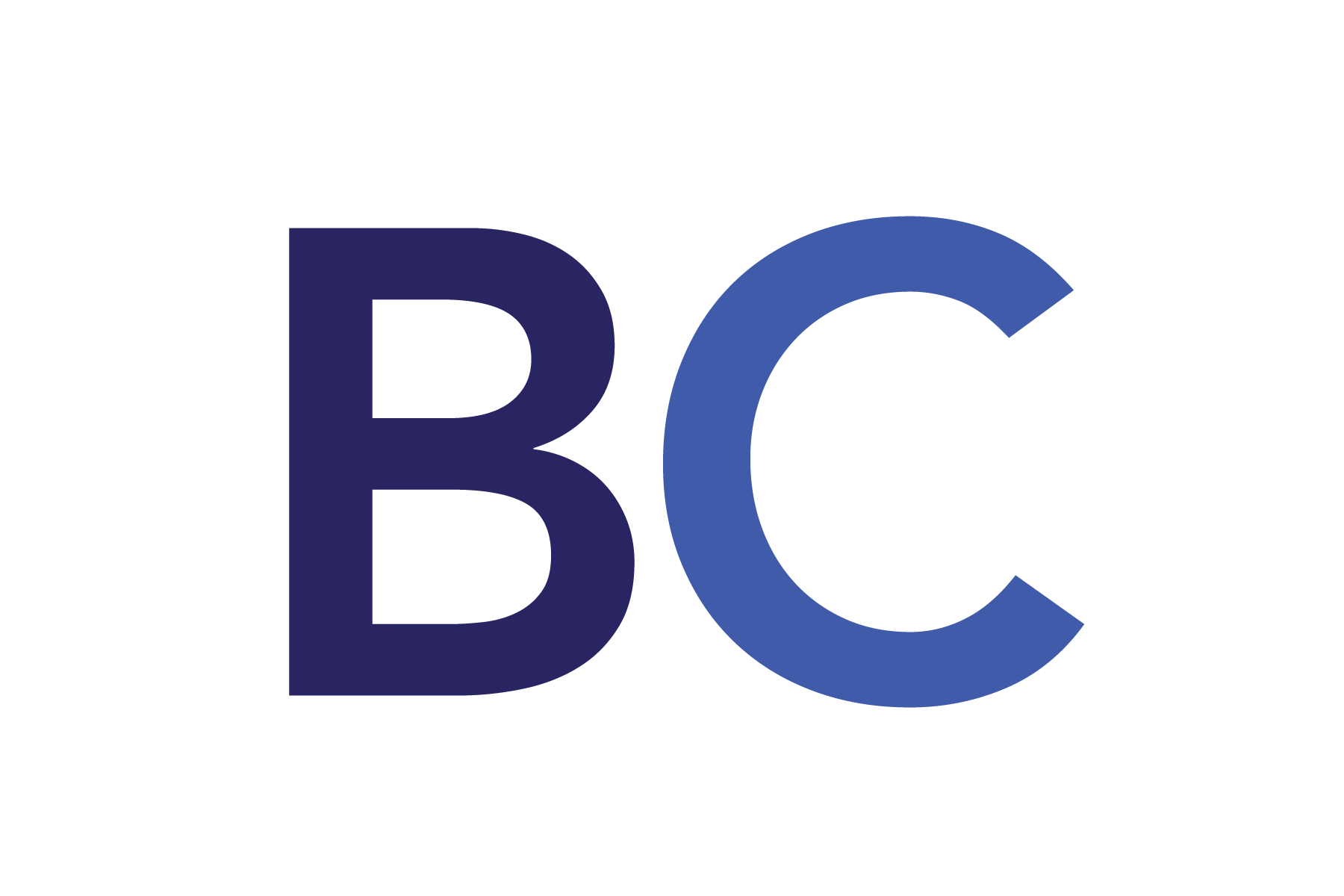As most of us have heard in the news recently, some banks have been described as “going bankrupt”.
Bankruptcies can come into play when individuals, businesses, or municipalities owe more than they own or is owed.
There are various types of bankruptcies, ranging from Chapters 7 (Liquidation) and 11 (Large Reorganization) to more nuanced or case specific settlements.
However, the term bankruptcy is not accurate when referring to troubled banks. When banks find themselves in trouble it is called “Insolvency”.
Insolvency is essentially the inability to pay one’s debts – the biggest, in a bank context, being what is owed to its depositors. In general accounting terminology, it boils down to assets being worth less than liabilities.
There is also cash flow insolvency, or “lack of liquidity,” which occurs when debts cannot be paid, even if its assets may be worth more than its liabilities.
Shareholder equity is the gap between total assets and total liabilities that are owed to non-shareholders. For example, if you sold all the assets of the bank and used the proceeds to pay off all the liabilities, what would be left over for the shareholders?
For the purposes of this post, to put it simply, a bank being insolvent means it cannot repay its depositors, because its liabilities are greater than its assets.
Assets – Liabilities = Shareholder Equity
Below is what a simplified bank balance sheet looks like:
| ASSETS | LIABILITIES |
| Cash (Liquid Asset) | Customer Deposits |
| Investment Securities, incl. bonds (Liquid Asset) | Debt |
| Loans to Customers (Illiquid Asset) | Shareholder Equity |
| Reserve for Bad Loans (Illiquid Asset) |
Customers of banks are protected to some extent by deposit insurance provided by the FDIC, currently up to $250,000.
With that in mind, a good practice is to have accounts in more than one bank as added deposit protection.
#bankruptcy #insolvency #liabilities #balancesheet



